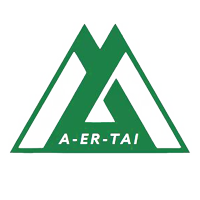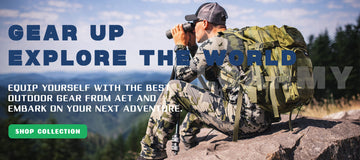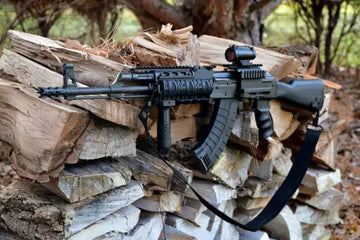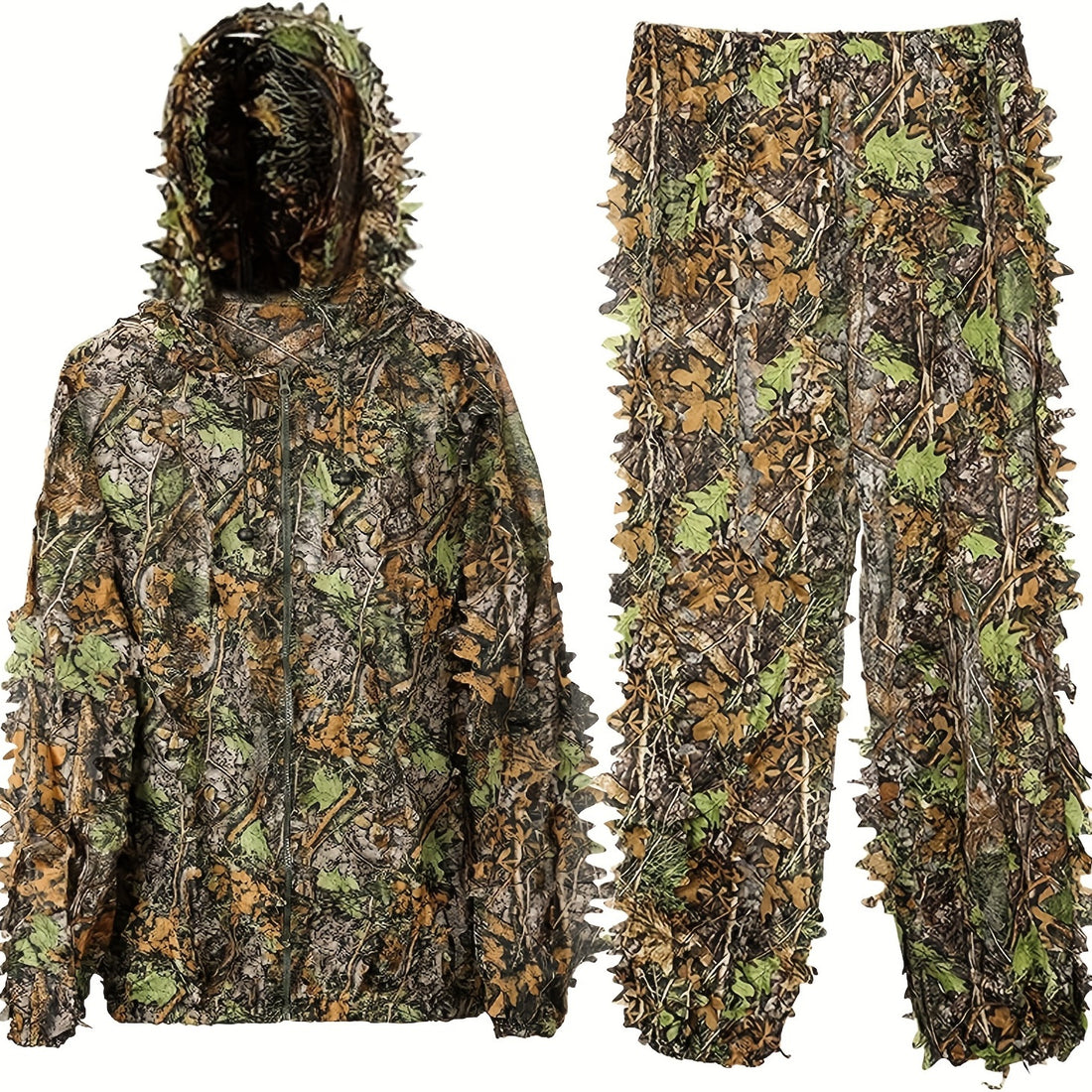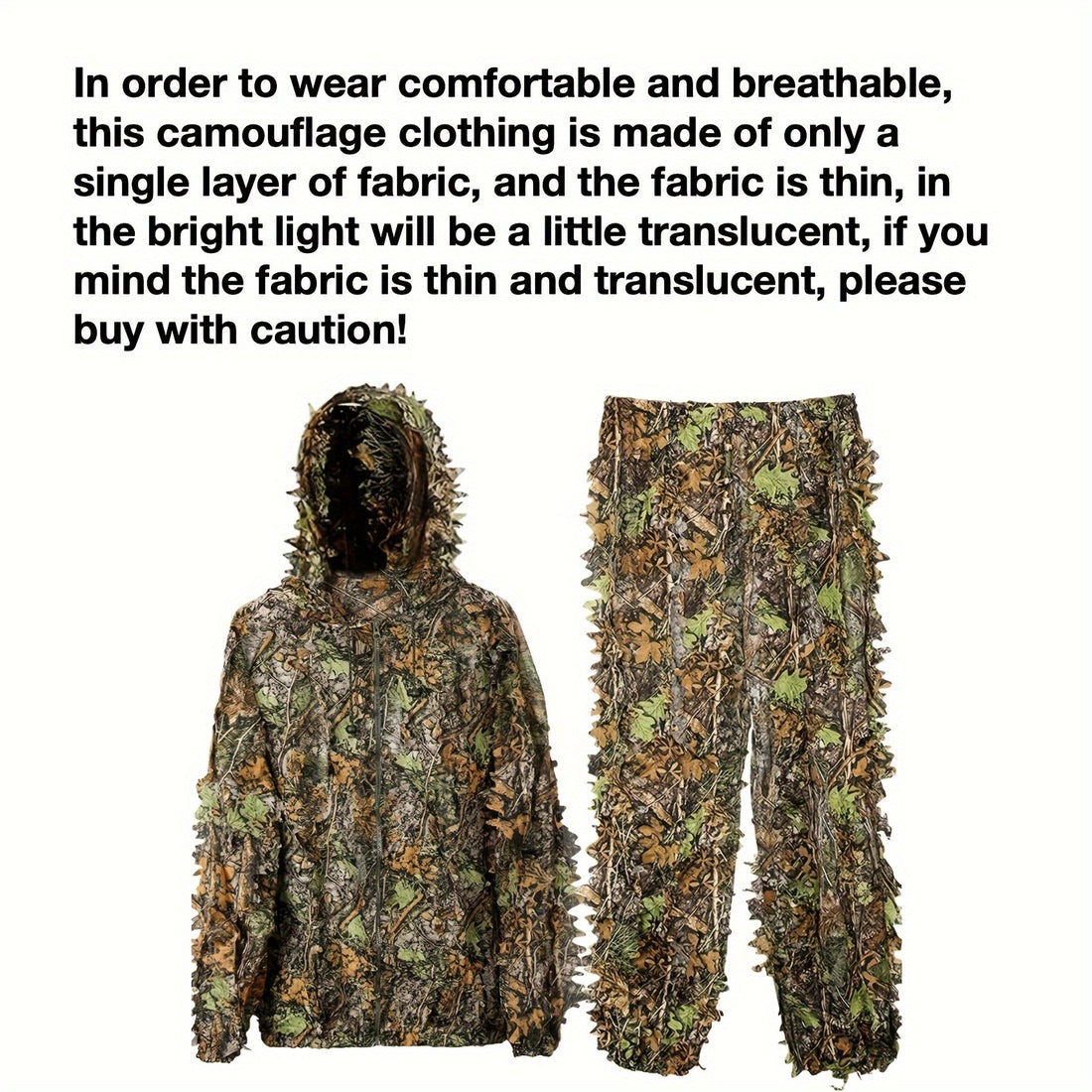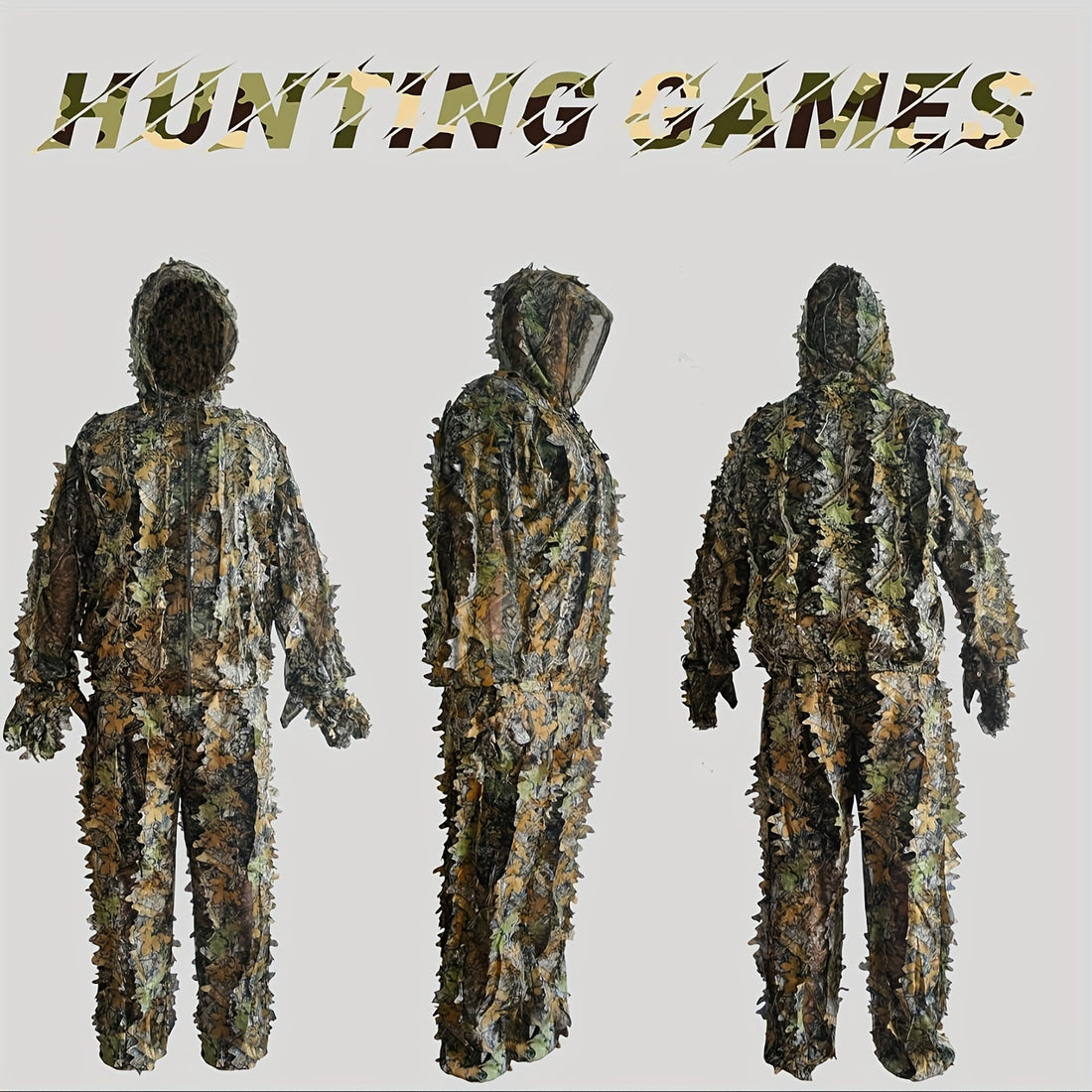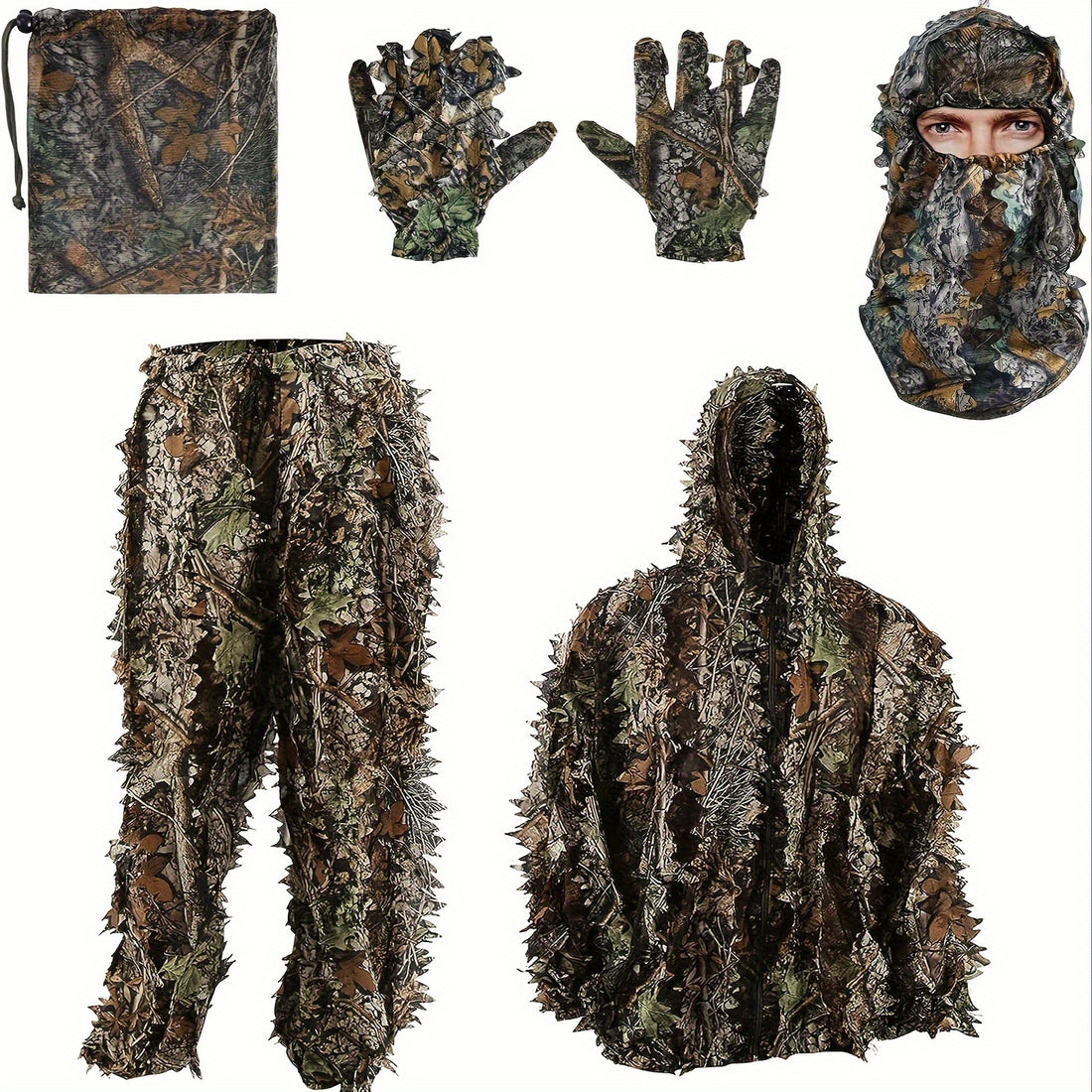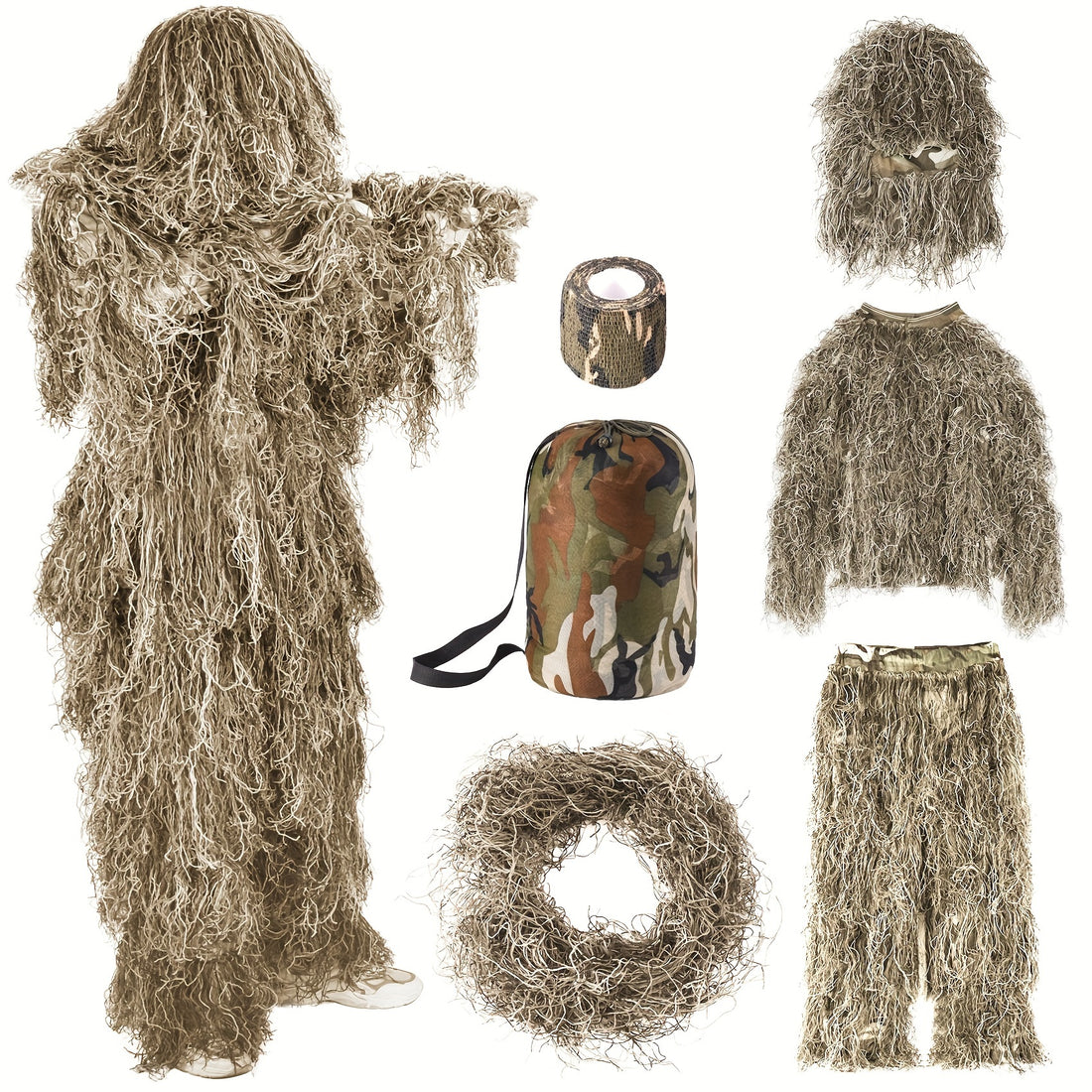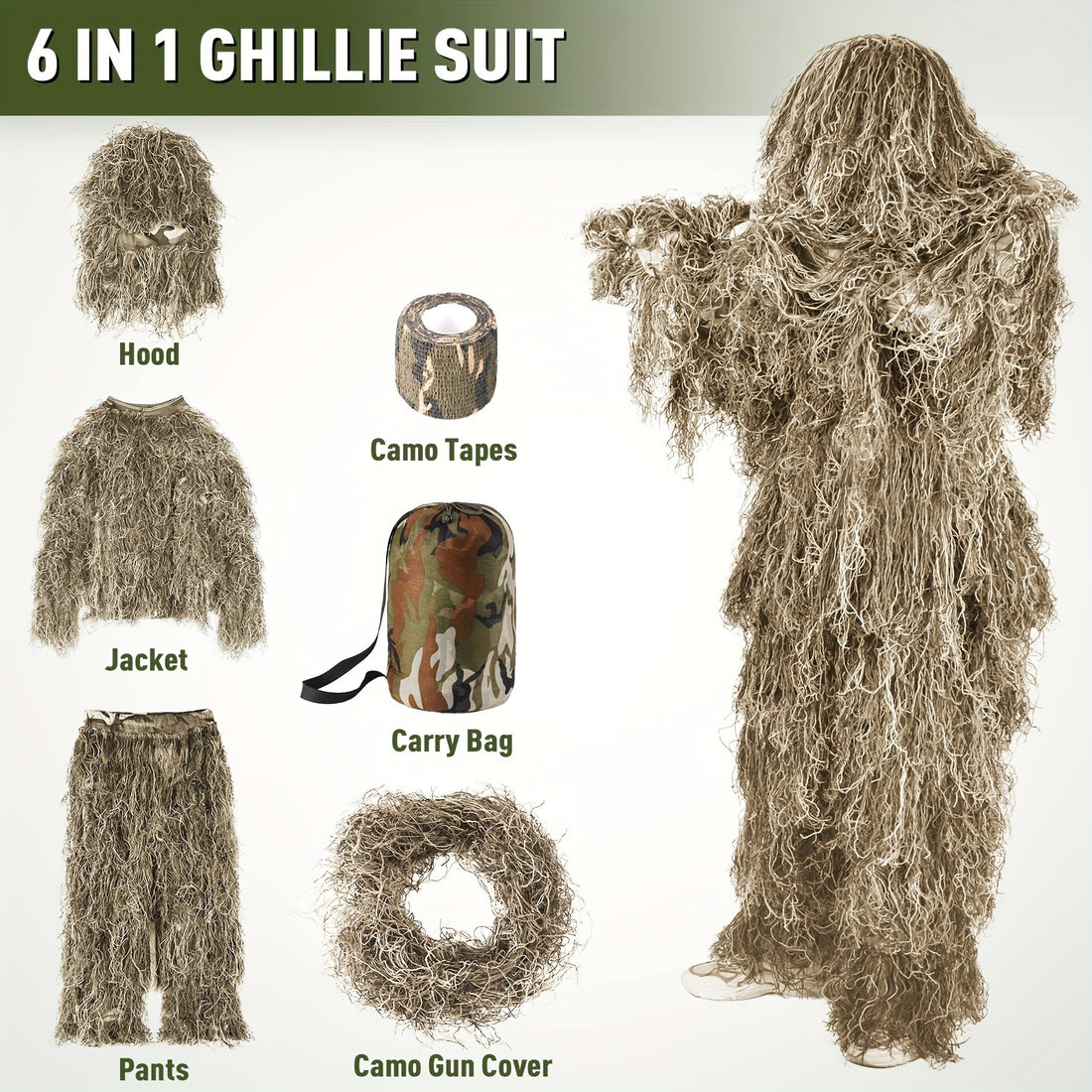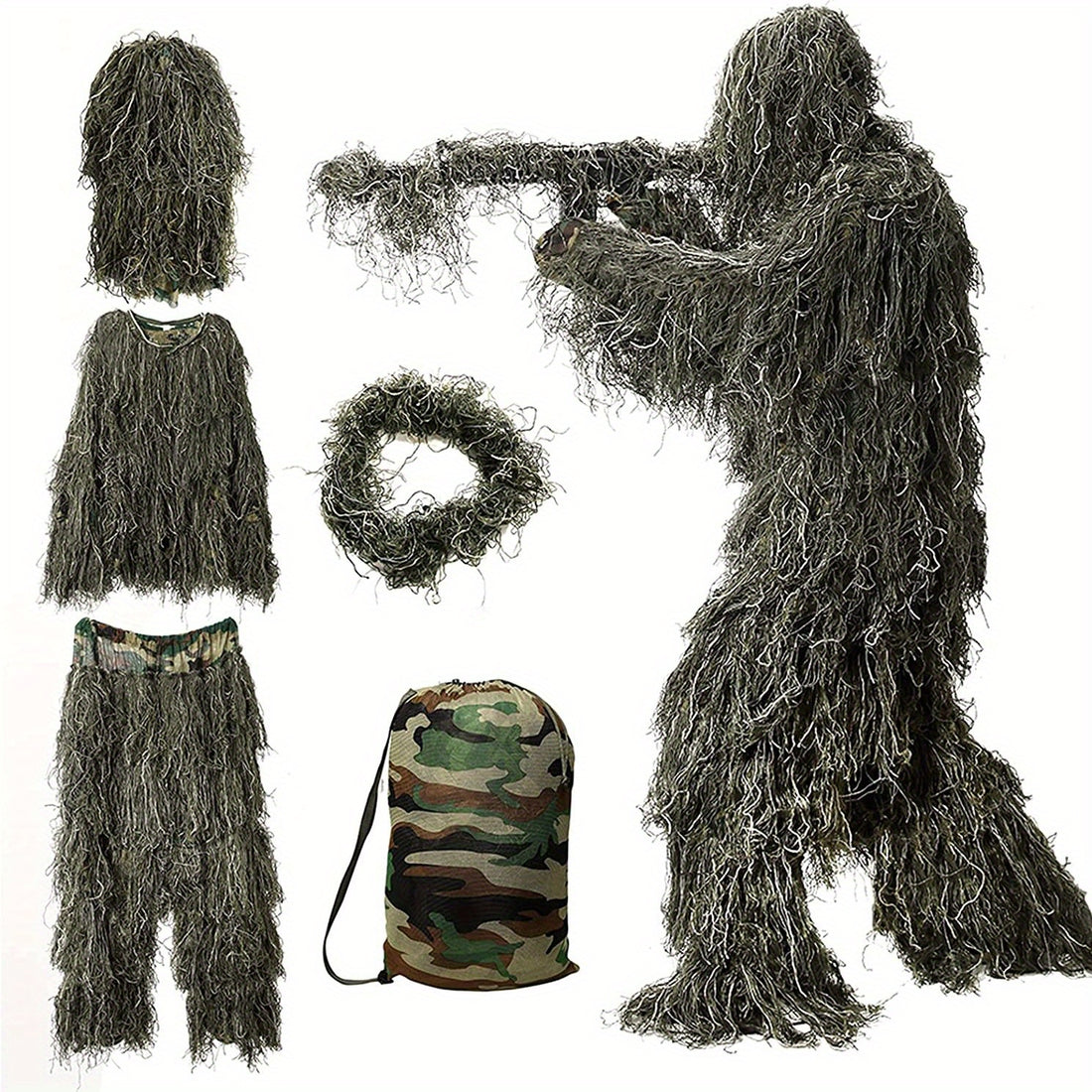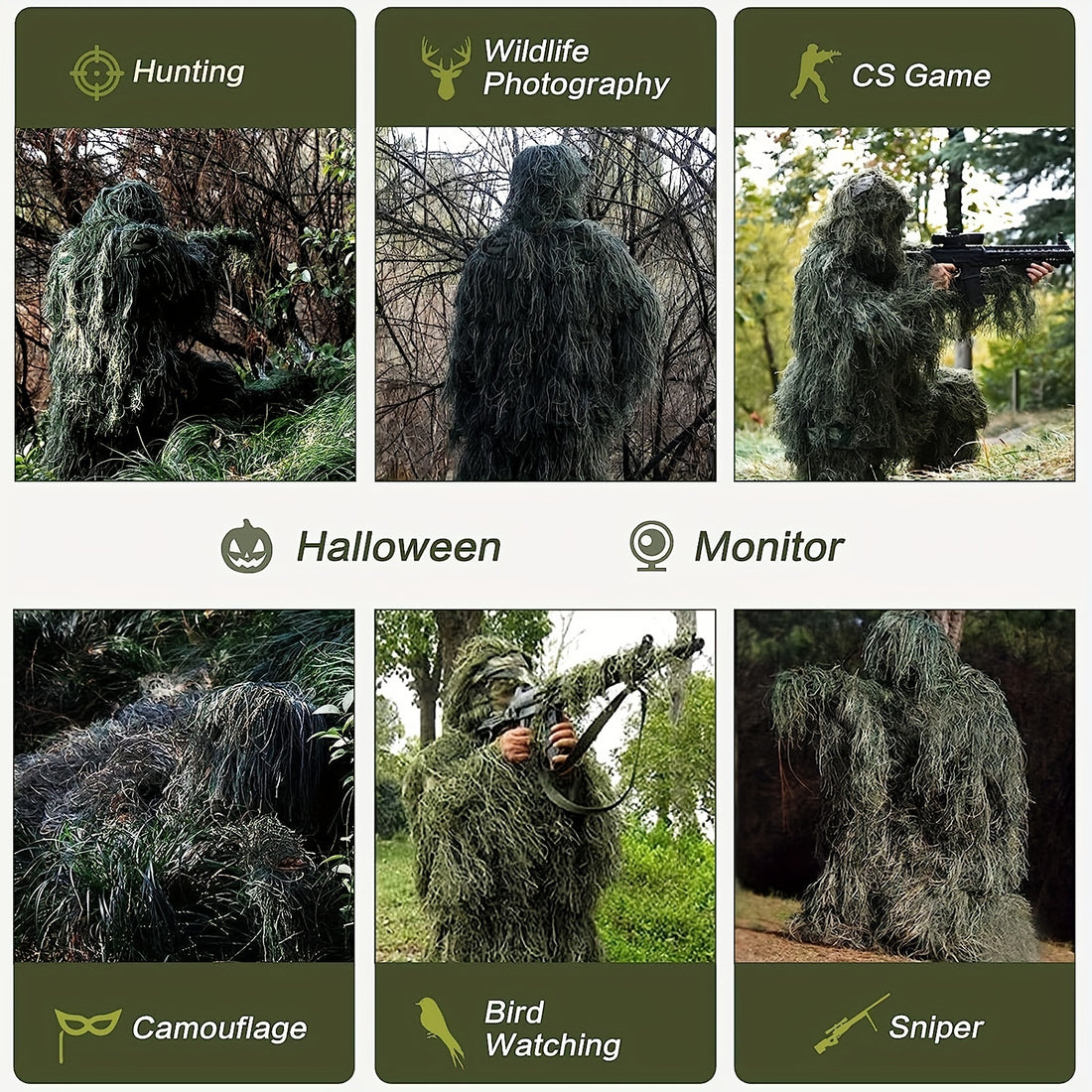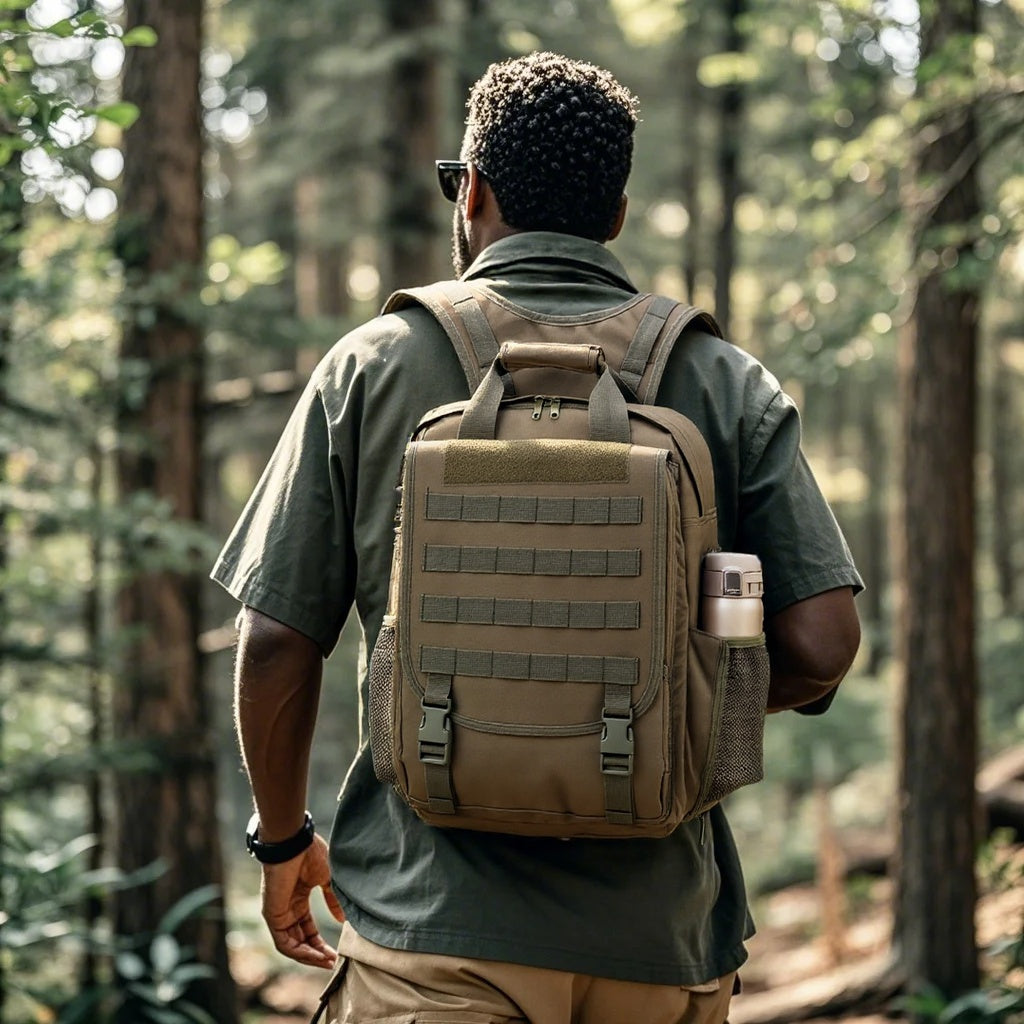Tan 499 and Coyote Brown are the go-to tactical colors for military and law enforcement gear. While both have proven effective in different environments, choosing the right one for your gear can be challenging.
In this blog, we’ll break down the differences between Tan 499 and Coyote Brown, helping you decide which color best fits your needs.
What Is Tan 499?
Tan 499 is a precise shade of tan developed for the U.S. military, known for its light, muted tone with grayish undertones.
It was designed to pair well with MultiCam, the camouflage pattern that replaced the less effective Universal Camouflage Pattern (UCP) in the early 2010s.
This color excels in desert and arid environments, blending seamlessly with sandy landscapes and rocky terrains. You’ll find it on uniforms, vests, and gear for soldiers deployed in places like the Middle East.

(Example of a T-shirt in a shade resembling Tan 499—note its light, grayish-tan tone, though the exact color may vary by material and lighting.)
What Is Coyote Brown?
Coyote Brown is a darker, earth-toned brown with subtle olive hints, widely adopted by the U.S. Marines and other tactical users.
It’s been a staple since the early 2000s, prized for its ability to adapt across deserts, forests, and even urban settings. Its versatility and rugged appeal make it a go-to for military branches, law enforcement, and civilian gear enthusiasts.
tactical backpack in coyote brown
Comparison Table
| Aspect | Tan 499 | Coyote Brown |
| Color Shade | Light, sandy tan with grayish tones. | Darker, earthier brown with olive undertones, more neutral. |
| Best For | Desert and arid environments. | Versatile across deserts, forests, and urban areas. |
| Compatibility | Designed to pair with MultiCam camouflage patterns. | Matches well with Olive Drab, Ranger Green, and other tactical colors. |
| Public Use | Mostly military-focused, limited in civilian markets. | Widely used by U.S. Marines, law enforcement, and civilian enthusiasts. |
| Durability and Wear | Lighter tone shows dirt and wear more easily. | Darker tone masks stains and wear for extended use. |
| Camouflage Effectiveness | Good in dry, rocky landscapes. | Effective in diverse terrains, including shaded, wooded, and mixed environments. |
This table offers a snapshot—read on for the full breakdown.
Differences Between Tan 499 and Coyote Brown
1. Color Shade and Tone
- Tan 499 leans lighter, with a sandy, almost grayish hue that mimics desert sands. Its muted tone sets it apart from warmer tans like Desert Tan or Coyote Tan.
- Coyote Brown is darker, with a more earth-toned appearance. This gives it a broader range of use, as it can blend into different terrains, including deserts, forests, and even some urban settings.
2. Camouflage Effectiveness
The effectiveness of these colors largely depends on the environment.
- Tan 499 excels in desert and arid zones—think Middle Eastern dunes or Southwestern U.S. rockscapes. Its lighter shade helps soldiers and gear fade into bright, dry surroundings.
- While effective in deserts, Coyote Brown offers better concealment in more diverse environments. Its darker tone makes it less likely to stand out in mixed or shaded terrains where shadows play a role.
3. Compatibility with Other Gear
- Tan 499 was engineered for MultiCam, the U.S. Army’s go-to pattern since 2010. It’s a natural match for soldiers using MultiCam uniforms or plate carriers.
- While not tied to a specific pattern, Coyote Brown is versatile and pairs well with tactical staples like Olive Drab, Ranger Green, and even black, making it a flexible choice for diverse kits.
4. Popularity and Use
- Tan 499 is newer, primarily a military color tied to Army desert operations. Its adoption reflects modern combat needs in arid regions.
- Coyote Brown has deeper roots, favored by the Marines since the early 2000s and embraced by law enforcement and civilians for its all-around utility.
5. Durability and Wear
- In terms of durability, both colors hold up well under harsh conditions. However, because Tan 499 is lighter, it can highlight dirt, sand, or scuffs more quickly, a trade-off for its desert focus.
- Coyote Brown’s darker hue can help mask stains and wear, ideal for prolonged field use where maintenance isn’t always an option.
Historical Context of Tan 499 and Coyote Brown
Tan 499’s Rise:
Introduced in the 2000s, Tan 499 gained attention when the Army adopted MultiCam around 2010 for Afghanistan and Iraq deployments. It’s less about standalone flair and more about supporting a versatile camouflage system.
Its grayish-tan shade (close to Pantone 499A) is standardized, but material and lighting can tweak its look.
Coyote Brown’s Legacy:
Also emerging post-9/11, Coyote Brown became a Marine Corps hallmark alongside MARPAT gear.
Its adaptability beyond deserts—think woodlands or urban ops—cemented its status as a tactical all-star, now ubiquitous in civilian markets too.
Considerations and Restrictions for Using Tan 499 and Coyote Brown
1. Military and Law Enforcement Use
- Uniform Regulations: Military branches often mandate colors like Tan 499 or Coyote Brown for official uniforms, especially for gear paired with patterns like MultiCam or MARPAT. Soldiers may need to use Tan 499 in desert deployments, while Coyote Brown is common in Marine kits—strict adherence to these codes is required for service members.
- Authorized Use: While civilians can purchase gear in these colors, impersonating military or law enforcement personnel is illegal in many countries, even if the gear itself isn’t restricted.
2. Trademark or Proprietary Concerns
Camouflage Patterns: Tan 499 and Coyote Brown aren’t trademarked as colors, but patterns incorporating them might be. For example, MultiCam, which often uses Tan 499, is protected by intellectual property rights—restrictions apply to the pattern, not the shade itself.
3. Cultural and Social Considerations
- Public Perception: Tactical gear in Tan 499 or Coyote Brown can draw attention in civilian settings, sometimes signaling aggression or military affiliation, depending on the context. A full kit in a public space might feel out of place.
- School or Workplace Policies: Some institutions, such as schools or offices, might ban military-style clothing, including items in these colors, under their dress codes.
4. Sales and Distribution
Export Restrictions: International regulations may limit the export of military-grade gear, regardless of color. These rules target the equipment itself—such as vests or holsters—rather than Tan 499 or Coyote Brown specifically.
Is Tan 499 Special?
Tan 499 isn’t rare or proprietary—it’s a military-spec color tied to MultiCam—but its exact shade can feel elusive. Unlike Coyote Brown’s broader appeal, Tan 499’s niche is precision pairing with MultiCam.
Factors like nylon vs. cotton, dye batches, or sun fading can shift its look, complicating photo representation. Coyote Tan or Desert Tan might overlap in name, but Tan 499’s grayish edge sets it apart.
So, Which Should You Choose?
-
Tan 499: Go for it if you’re in desert ops or rocking MultiCam gear. Its desert-blending prowess is unmatched.
- Coyote Brown: Choose this for versatility—deserts, woods, or cities. Its darker tone and wide compatibility make it a crowd-pleaser.
Conclusion
In summary, both Tan 499 and Coyote Brown have their strengths. Whether you’re in the military, law enforcement, or just an outdoor enthusiast, these colors offer proven performance.
As tactical gear continues to evolve, so too will the colors that define it.
But for now, Tan 499 and Coyote Brown continue to be popular choices, each offering something unique for those who rely on their gear to keep them hidden and protected.
